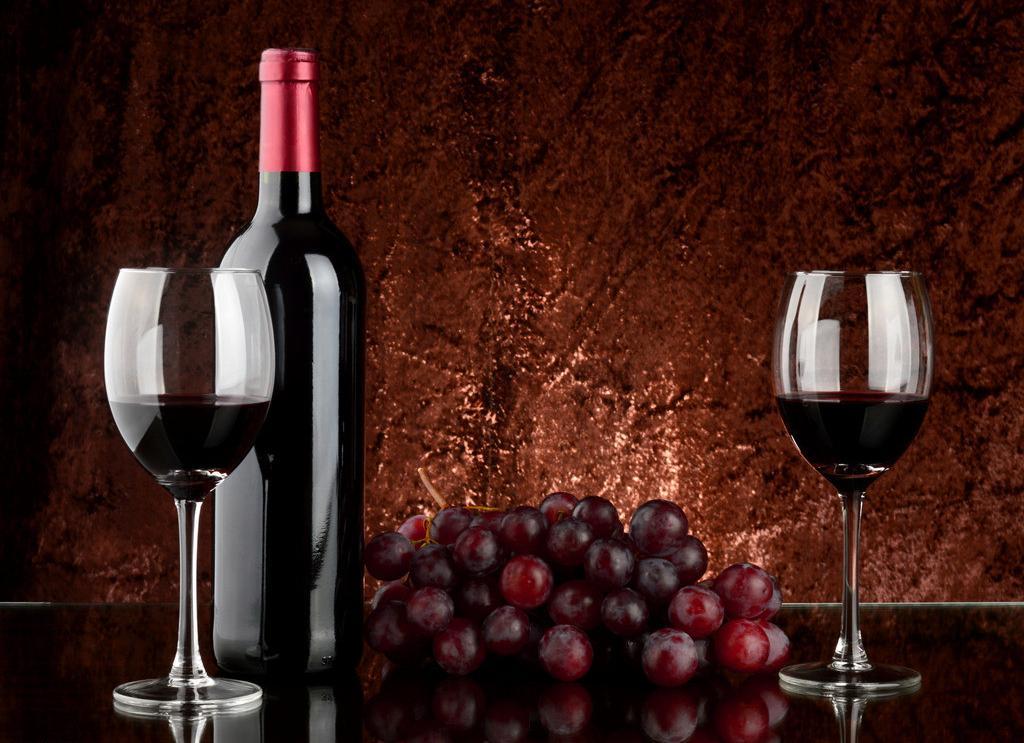(单词翻译:单击)
听力文本
This is Scientific American — 60-Second Science. I'm Christopher Intagliata.
When it comes to wine, the concept of "terroir" is sort of a nebulous thing. Terroir is sometimes translated as the wine's character. Here's how my friend Valerie, a wine importer, explained it: "I would say terroir is a specific set of natural elements that all come together in harmony to produce a very specific outcome. The soil, the exposure to the sun, the drainage, the proximity to water, the fog, all of these things, they all come together in an expression that we find beautifully in the grape."
Some of those factors might be hard to measure. But here's a new one that might contribute a quantifiable essence to terroir: the grapes' microbiome. "It certainly could be that the "house microbiome" influences the wines in overt or subtle ways that we don't understand yet." David Mills, a microbiologist at U.C. Davis. Mills worked with the Far Niente and Nickel & Nickel wineries in California's Napa Valley. The winemakers took five samples of Chardonnay and Cabernet Sauvignon fermentations as the juice transformed to wine. Then Mills and his colleagues ran microbial and chemical tests on those time-dependent samples.

They found that the bacterial and fungal species on the grapes corresponded to a certain chemical fingerprint—a mix of metabolites—in the finished wines. "And we also were able to use this to predict and make a model, where we might be able to predict the kind of metabolites that show up in a wine." They did not do sensory tests in this study—no smelling or tasting. But along with past research, the findings suggest that microbes do affect the wines' terroir. The study appears in the journal mBio.
Mills says microbes could help winemakers differentiate their wines from competitors'...and diagnose trouble before fermentation even begins. "I mean I can imagine a winemaker would want to know at the start of their fermentations, is it a good microbiota year or is it a not so good microbiota year? And maybe they can change their winemaking practice accordingly." While we wine drinkers raise a glass to those terroir-forming microbes.
Thanks for listening Scientific American — 60-Second Science Science. I'm Christopher Intagliata.
参考译文
这里是科学美国人——60秒科学。我是克里斯托弗·因塔利亚塔。
就葡萄酒而言,风土条件这个概念极其模糊。风土条件有时会翻译成葡萄酒的品质。我朋友瓦莱丽是一名葡萄酒进口商,她是这样解释的:“我认为风土条件是一组特定的自然元素,所有元素和谐地组合在一起,会产生非常具体的结果。土壤、暴露在阳光下、排水系统、临近水域、雾气等,所有这些元素结合在一起,可以说我们在葡萄里发现了美好之处”
有一些元素可能很难去衡量。但是有一个可以影响土壤的可量化本质的新元素——葡萄的微生物群。“微生物群”会以公开或隐蔽的方式影响葡萄酒,只不过我们现在还不理解这种方式。这是戴维斯加州大学的微生物学家大卫·米尔斯的看法。米尔斯曾在加利福尼亚州纳帕山谷的法尼恩特酒厂和尼克尔与尼克尔酒庄工作。葡萄酒生产商将夏敦埃酒和卡百内红葡萄酒的五个发酵样品作为汁液制成葡萄酒。然后米尔斯和同事对这些依赖时间的样品进行了微生物测试和化学测试。
他们发现,在成品葡萄酒中,葡萄上的细菌和真菌物种与一个特定的化学指纹图谱相对应,其对应的就是代谢物的混合体。“我们也能利用这个来进行预测并做出模型,我们也许能预测出现在葡萄酒中的代谢产物的类型。”在这项研究中,他们没有进行感官测试,没有闻气味,也没有进行品尝。连同过去的研究,研究结果表明,微生物的确会影响葡萄酒的品质。这一研究发表在《mBio》期刊上。
米尔斯表示,微生物可以让酿酒师使他们的葡萄酒从竞争中脱颖而出。甚至可以在发酵开始前就诊断问题。“我的意思是,我可以想象一名酿酒师会在开始发酵之前就想知道这是一个好的微生物群年还是一个不太好的微生物群年?而且,也许他们可以相应地改变他们的酿酒方法。而我们葡萄酒饮用者则为这些形成风土条件的微生物群举杯。
谢谢大家收听科学美国人——60秒科学。我是克里斯托弗·因塔利亚塔。
译文为可可英语翻译,未经授权请勿转载!
重点讲解
重点讲解:
1. when it comes to 谈到;涉及;
例句:When it comes to seafood, I like shrimp the best.
说到海鲜,我最喜欢虾。
2. correspond to 相类似;相关;相对应;
例句:Racegoers will be given a number which will correspond to a horse running in a race.
观看赛马的观众将领到一个与参赛马匹相对应的号码。
3. show up 出现;露面;
例句:They show up wherever the work is difficult.
哪里工作艰苦,他们就出现在哪里。
4. differentiate from 使有差别;使不同;
例句:I am trying to differentiate my work from others.
我将要把工作做得与众不同。


